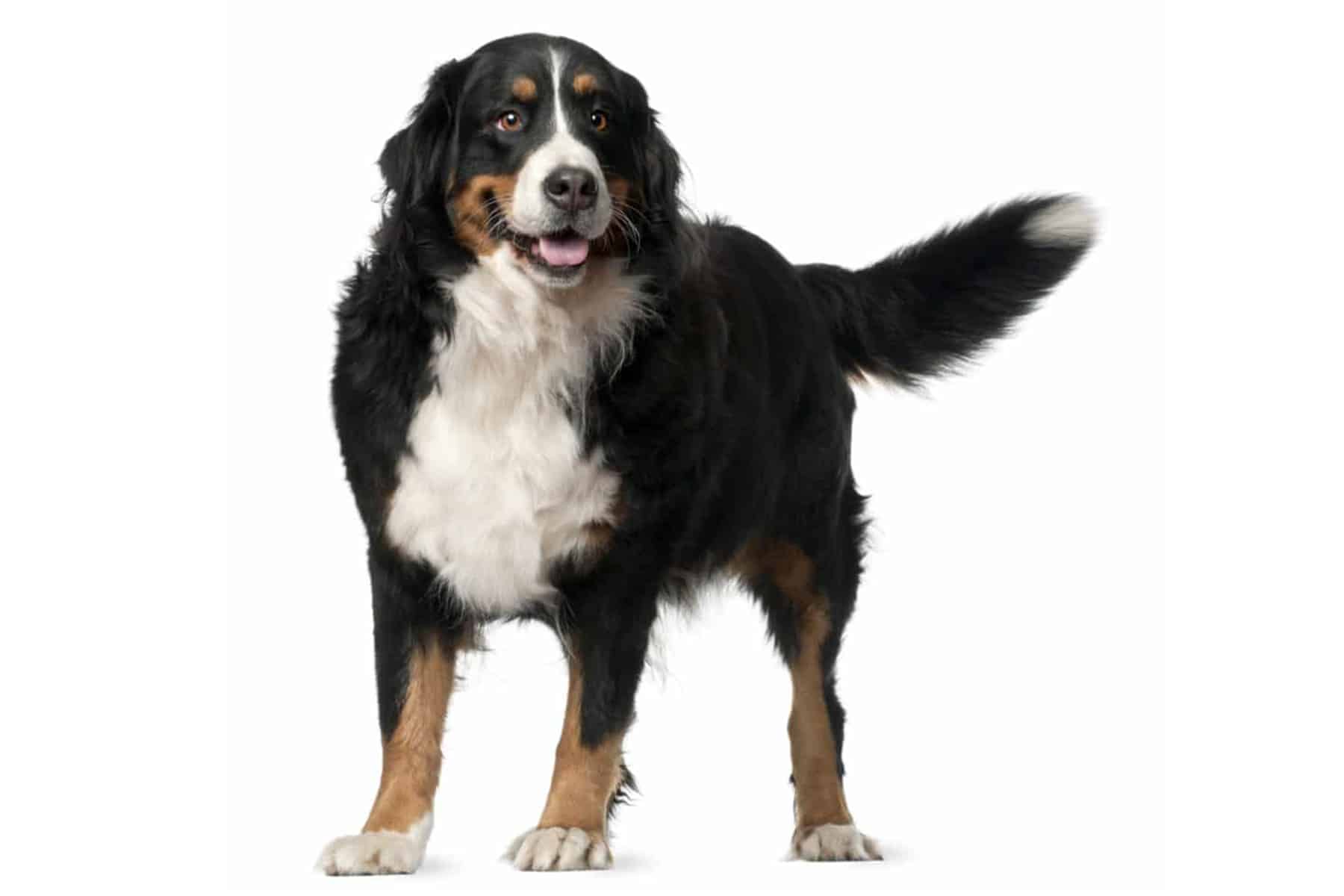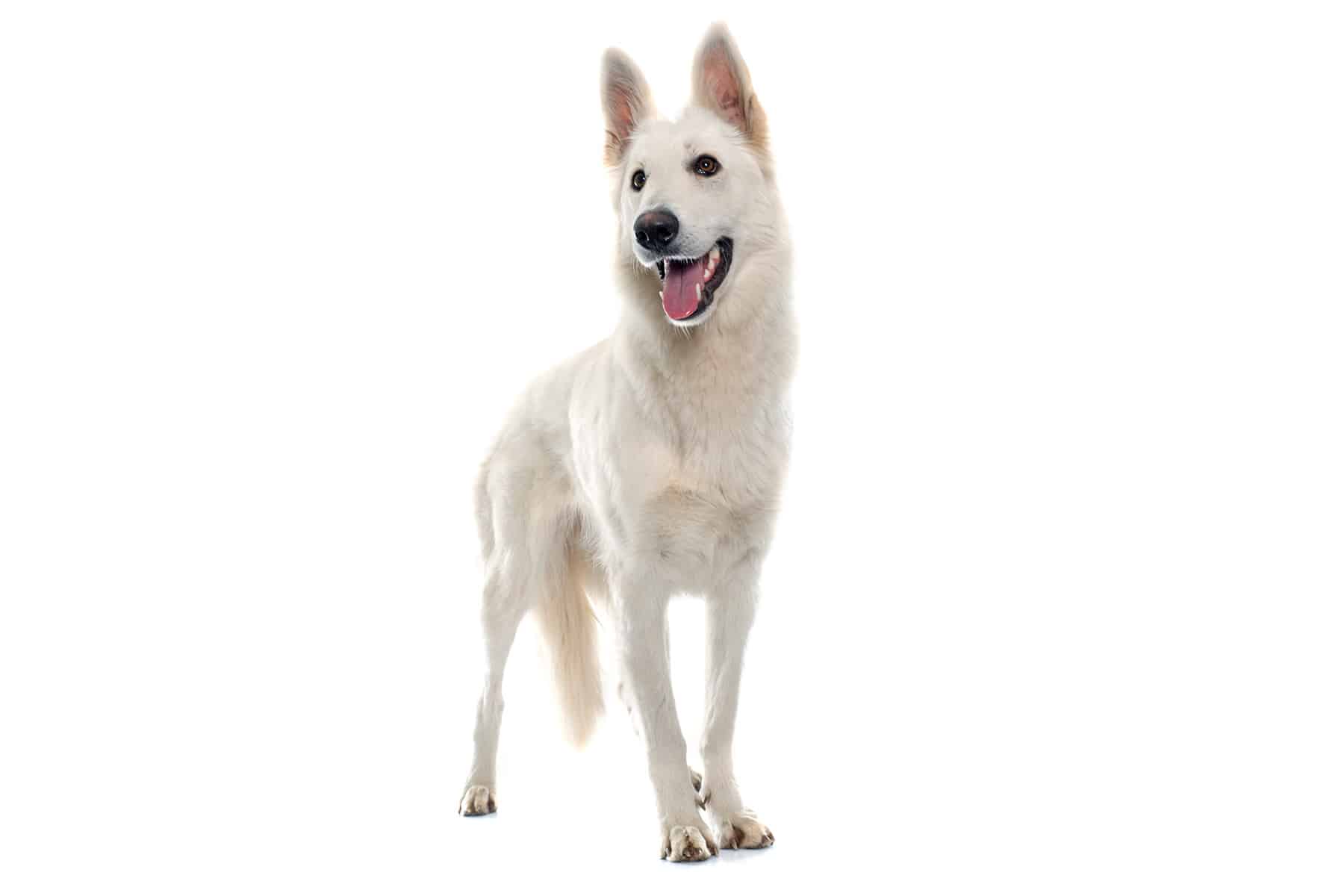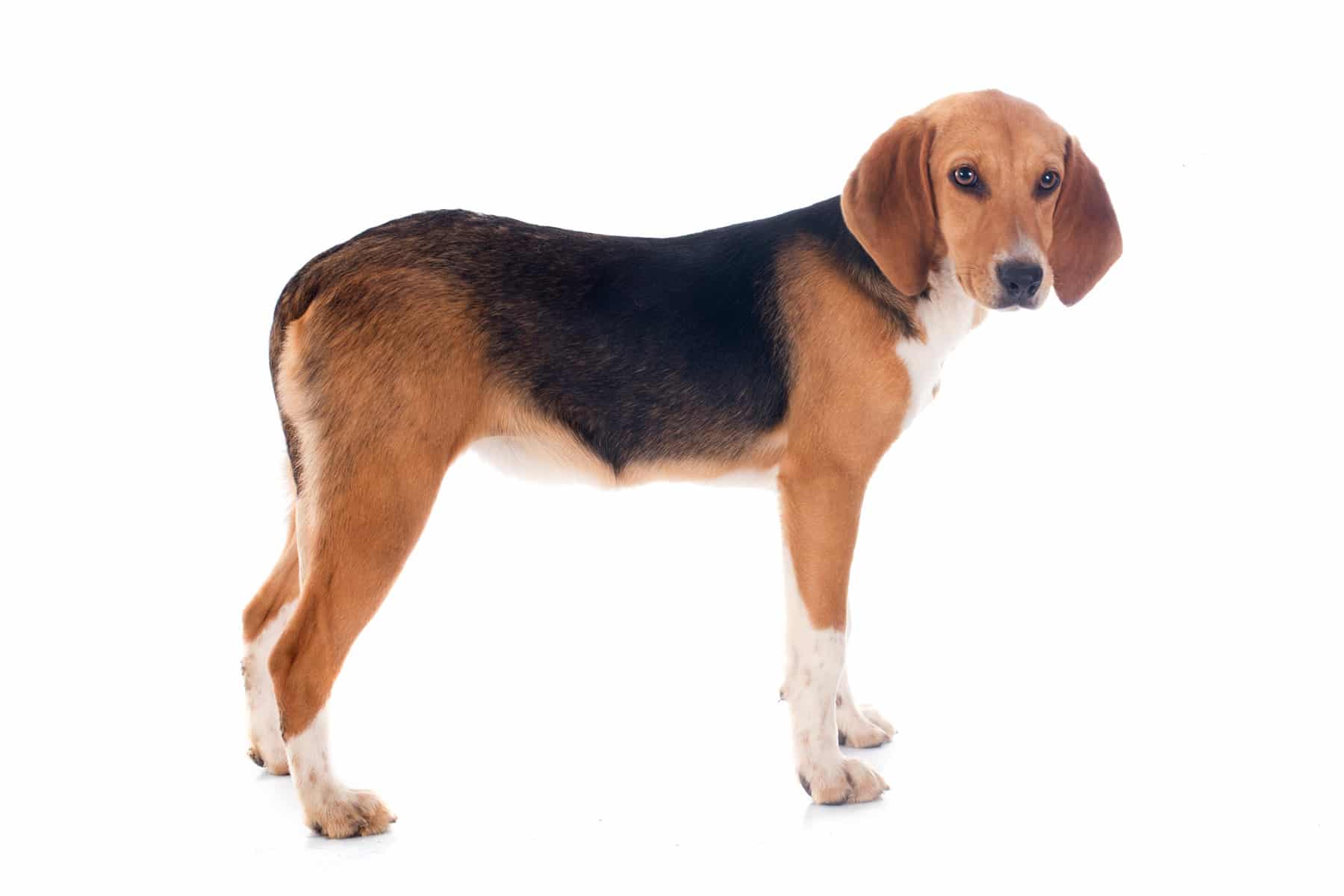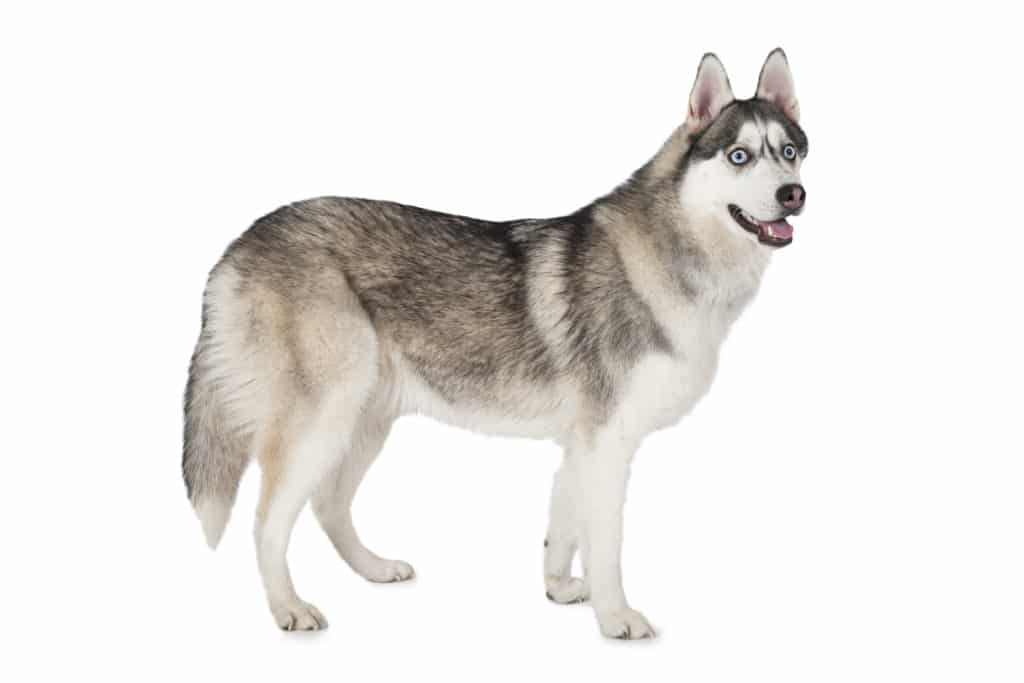Tibetan Spaniel
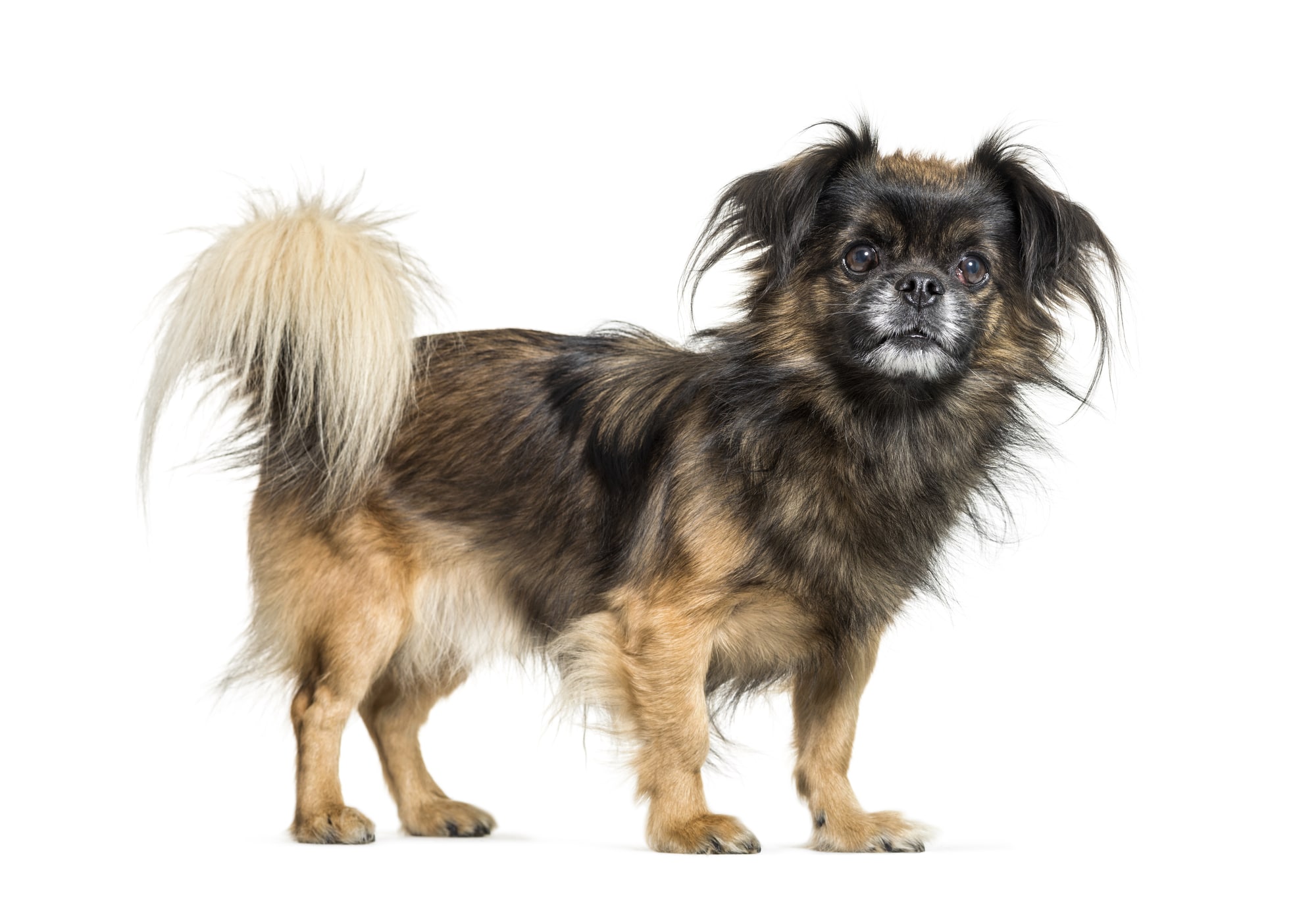
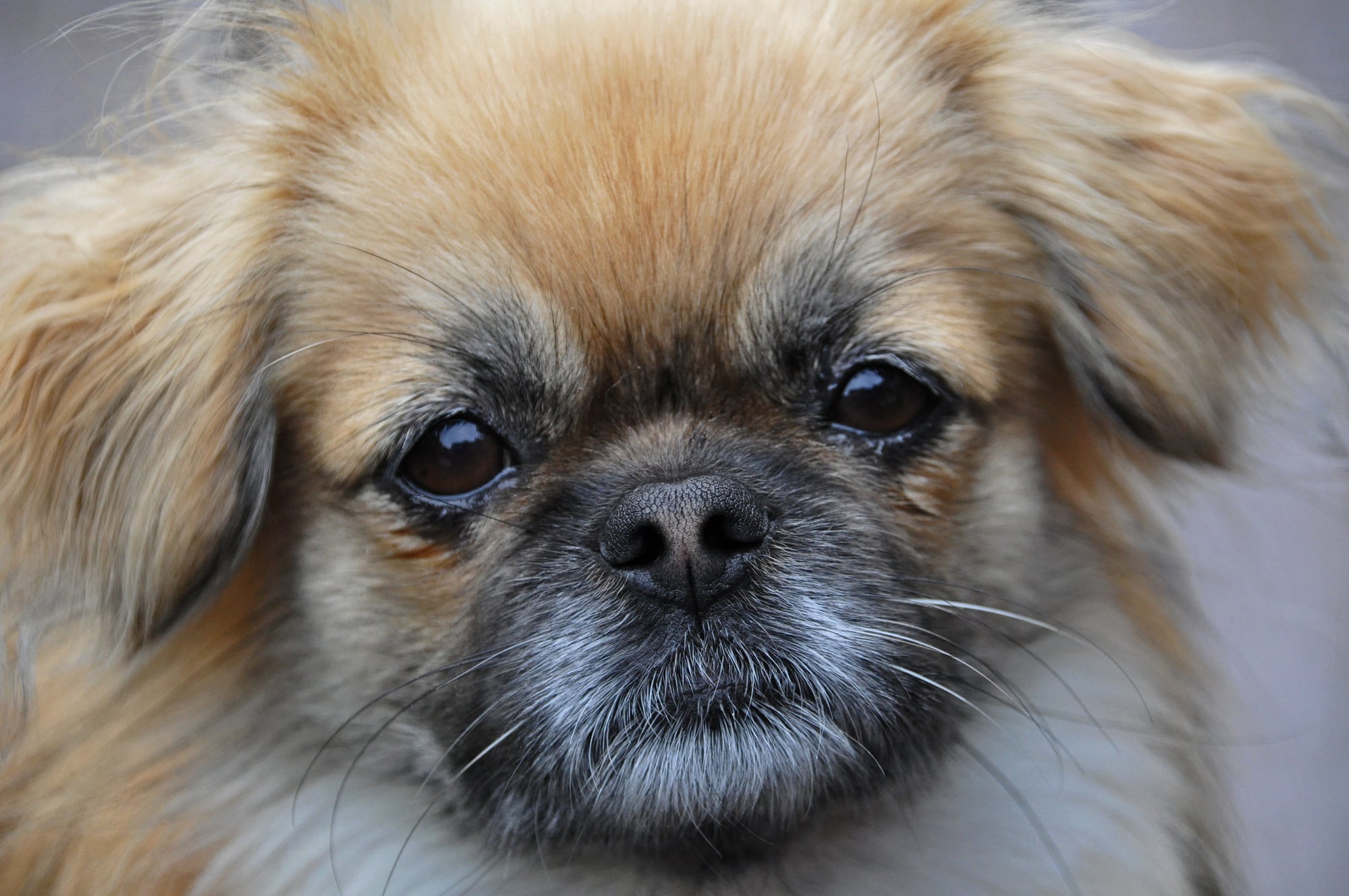
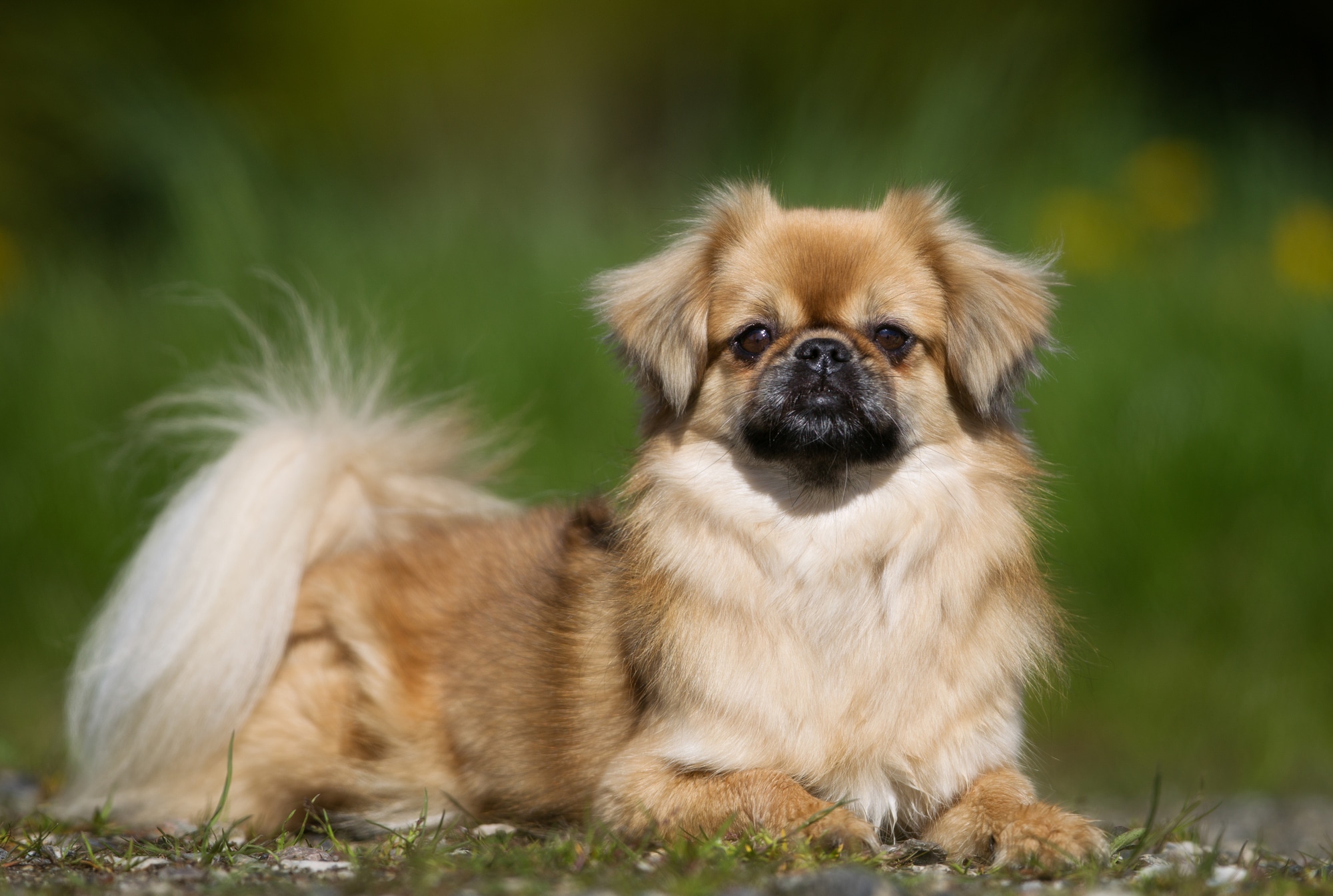
Temperament:
The Tibetan Spaniel is a very lively and playful companion. In Tibetan monasteries, they used to be regarded as temple guardians and lucky charms. The males in particular have a magnificent coat that is reminiscent of a lion's mane. This is why they are also affectionately known as lion dogs.
Characteristics
The average height at the withers of the Tibetan Spaniel is 25 cm. This makes it one of the smaller dog breeds. Its medium-length coat is characterized by silky top coat and fine undercoat. It comes in all possible shades of color.
The ears are medium sized and the head is rather small in relation to the body. Its weight should be between 4 and 7 kg.
The Tibetan Spaniel is lively, friendly and self-confident. It is very attached to its owner and is therefore considered a faithful and loyal companion. Nevertheless, it is independent and never behaves submissively. He is rather reserved and distant towards strangers.
He likes to lie on your lap and loves to be stroked. This could be due to the fact that the Tibetan Spaniel often sat on the laps of monks while they meditated.
The Tibetan Spaniel is a very family-friendly dog. It loves children and needs lots of activity. In general, the breed is very easy to care for and sociable. It is therefore also very suitable for beginners.
Coat care:
Shedding:
Energy level:
Trainability:
Children suitable:
The right food
When choosing food, make sure that it contains high-quality ingredients, is balanced and meets your dog's requirements. Age, size or weight, activity and health status play an important role. You should follow the manufacturer's recommendations for the amount of food.
Treats should only be fed in moderation and deducted from the basic diet to avoid obesity.
Puppies can be fed 4-6 times a day. The number of meals should be gradually reduced to 2 per day until the dog is fully grown. A rest period should be observed after meals.
Fresh drinking water should be available at all times.
Health & Care
Contrary to what its magnificent coat might suggest, the Tibetan Spaniel does not require intensive grooming. The coat should be brushed once or twice a week to remove loose hair and prevent matting.
It is also a good idea to take a look at your four-legged friend's hanging ears when grooming. These are often prone to soiling and inflammation. There are special ear cleaners for this. Ask your vet which one they can recommend.
As with most dogs, claws should be checked regularly and trimmed if necessary. If you are dealing with a puppy, you can try to get him used to brushing his teeth. Special dog toothbrushes are available for this purpose. This will keep their teeth healthy and well cared for into old age.
Suitable accessories
Food and water bowls are of course essential accessories for your four-legged friend. He also needs a lead with a collar or harness for walks together.
As the Tibetan Spaniel is an intelligent and playful dog, it needs plenty to do. A toy or two should therefore always be available for him.
He needs a soft basket for the subsequent rest periods. He feels most comfortable sleeping close to his caregiver.
To groom your four-legged friend's coat, you will need a suitable comb or brush and a dog shampoo if your dog is too dirty and brushing or rinsing with clean water is not enough.
You will need a special dog toothbrush and toothpaste for dental care.
You will also need tick tweezers, claw scissors, a transport box for transportation in the car and a first aid kit. It's best to ask your vet what should be in the first aid kit.
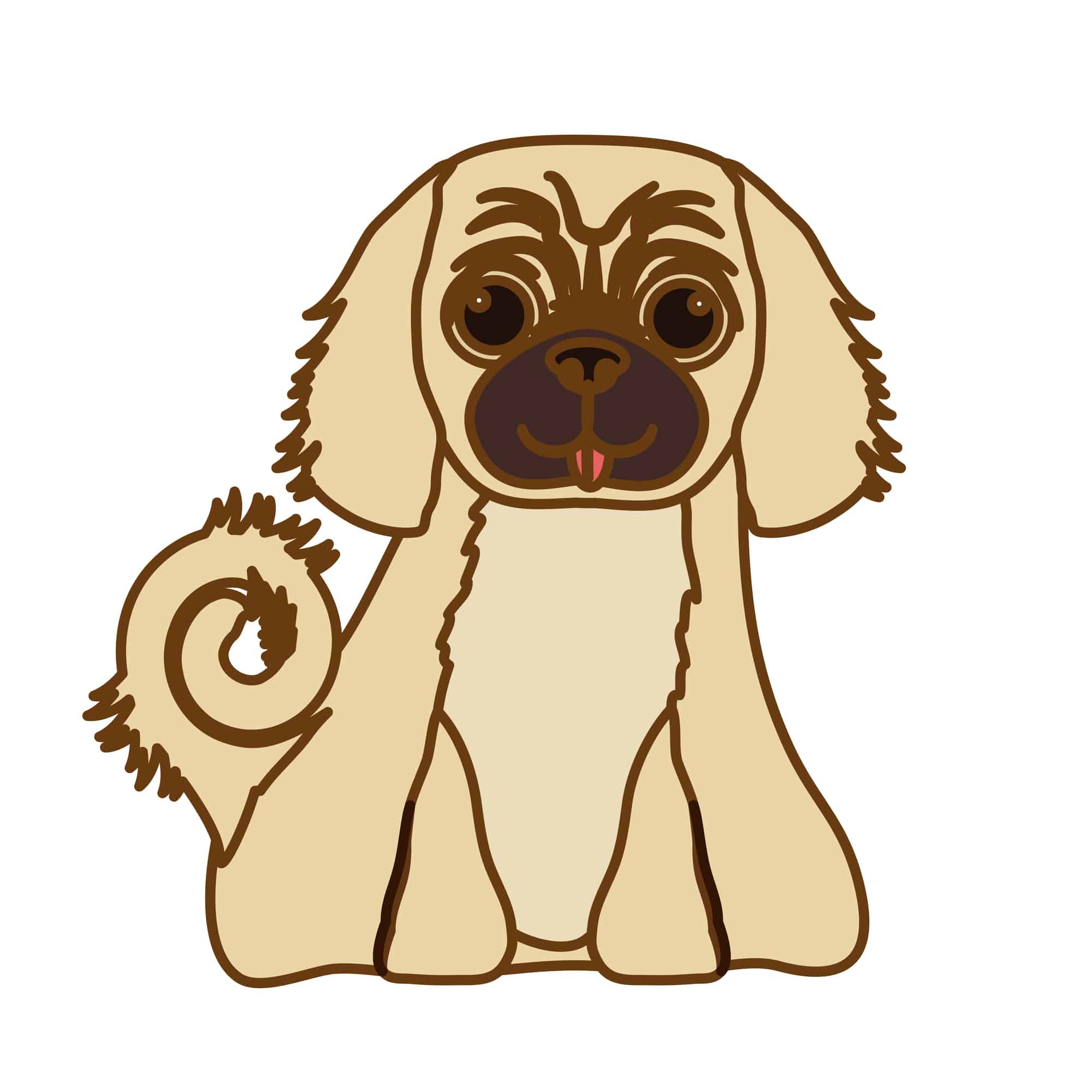
Origin & History
As the name suggests, the Tibetan Spaniel comes from Tibet, where it is one of the so-called lion dogs of Buddha. However, the second part of its name is wrong. Unlike the spaniel, it has no hunting instinct and has nothing else in common with it. Genetically, it is closely related to the Pekingese, which it also looks very similar to.
The Tibetan Spaniel lived with the monks in Tibetan monasteries over 2000 years ago. It is still considered a lucky charm there today and is treated with respect. It has always been a loyal companion and guardian for the monks. It is because of their close association with humans that their faithful and loyal nature is so strong.
Despite its centuries-old history, the Tibetan Spaniel was not officially recognized as a breed by the FCI until 1961.
